Hydropower constructions have rocketed by 300% across the western Balkans in the last two years, according to a new analysis, sparking fears of disappearing mountain rivers and biodiversity loss.
About 2,800 new dams are now in the pipeline across a zone stretching from Slovenia to Greece, 37% of which are set to be built in protected areas such as national parks or Natura 2000 sites.
Heavy machinery is already channelling new water flows at 187 construction sites, compared to just 61 in 2015, according to the research by Fluvius, a consultancy for UN and EU-backed projects.
Ulrich Eichelmann, the director of the RiverWatch NGO, which commissioned the paper, said that the small-scale nature of most projects – often in mountainous terrain – was, counterintuitively, having a disastrous impact on nature.
“They divert water through pipelines away from the river and leave behind empty channels where rivers had been,” he told the Guardian. “It is a catastrophe for local people and for the environment. For many species of fish and insects like dragonflies and stoneflies, it is the end.”
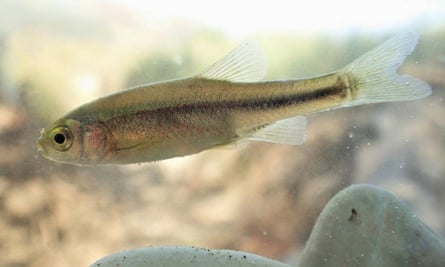
One stonefly species, Isoperla vjosae, was only discovered on Albania’s iconic Vjosa river this year, during an expedition by 25 scientists which also found an unnamed fish previously unknown to science. Like the Danube salmon and the Prespa trout, it is already thought to be at risk from what Eichelmann calls “a dam tsunami”.
The scientists’ report described the Vjosa as a remarkably unique and dynamic eco-haven for scores of aquatic species that have disappeared across Europe. “The majority of these viable communities are expected to irrecoverably go extinct as a result of the projected hydropower dams,” it said.
However, Damian Gjiknuri, Albania’s energy minister, told the Guardian that two planned megadams on the Vjosa would allow “the passage of fish via fish bypass or fish lanes”.
“These designs have been based on the best environmental practices that are being applied today for minimising the effects of high dams on the circulation of aquatic faunas,” he said.
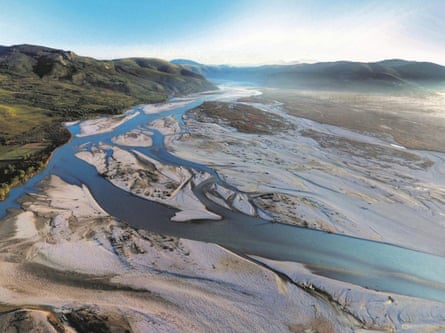
Gjiknuri disputed the new report’s findings on the basis that only two “high dams” were being built in Albania, while most others were “run-of-the-river hydropower”.
These generate less than 10MW of energy and so require no environmental impact assessments, conservationists say. But their small scale often precludes budgets for mitigation measures and allows arrays of turbines to be placed at intervals along waterways, causing what WWF calls “severe cumulative impacts”.
Beyond aquatic life, the dam boom may also be threatening humans too.
Since 2012, property conflicts between big energy companies and small farmers have led to one murder and an attempted murder, according to an EU-funded study. The paper logged three work-related deaths, and dozens of arrests linked to Albania’s wave of hydropower projects.

Albania is a regional hotspot with 81 dams under construction but Serbia, Macedonia, and Bosnia and Herzegovina are also installing 71 hydro plants, and Serbia has a further 800 projects on the drawing board.
Gjiknuri said the Albanian government was committed to declaring a national park on a portion of the Vjosa upstream from the planned 50m-high Kalivaçi dam, preventing further hydro construction there.

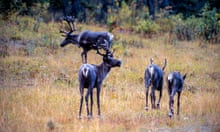
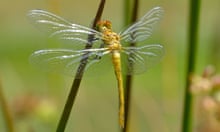






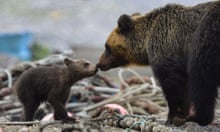
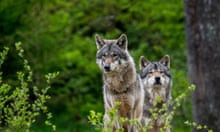
Comments (…)
Sign in or create your Guardian account to join the discussion